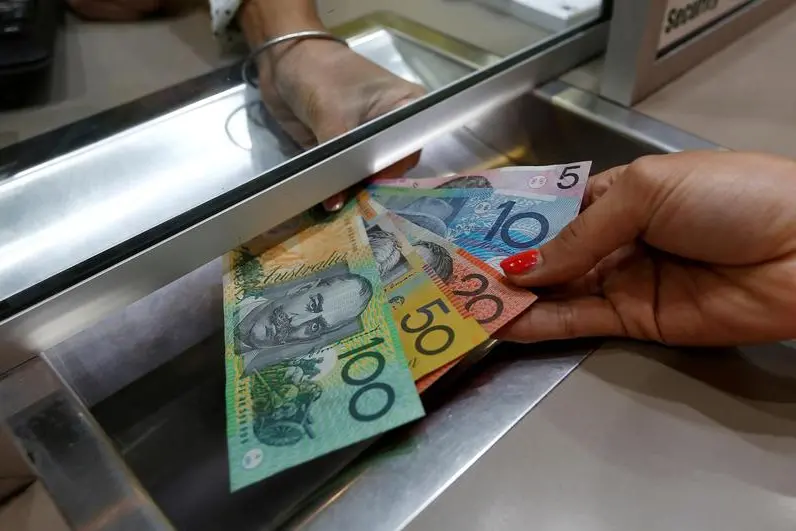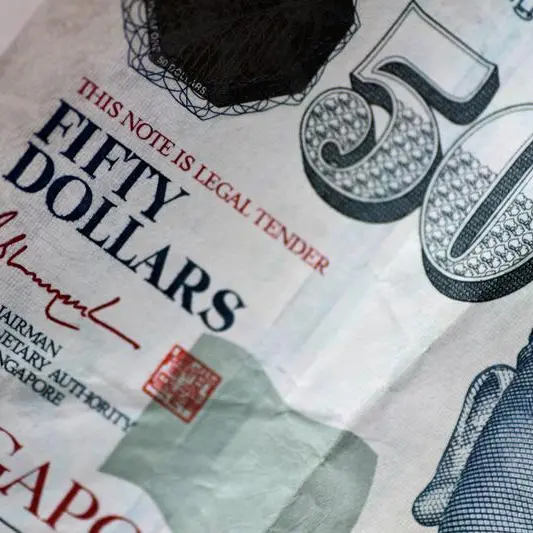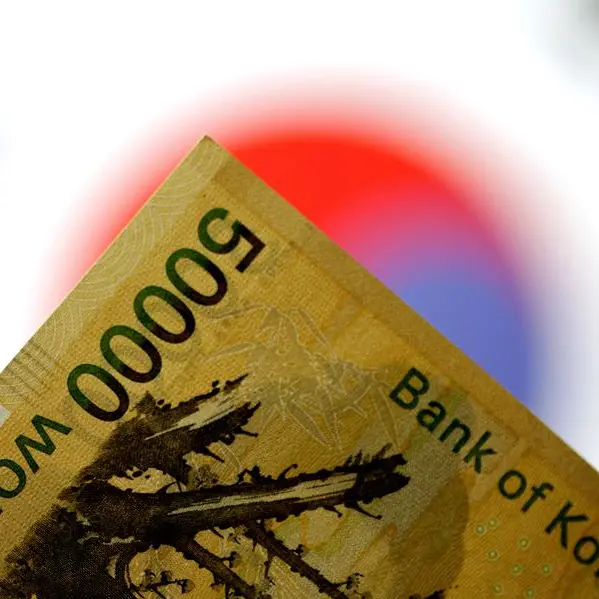PHOTO
The Australian and New Zealand dollars were pinned near two-week lows on Wednesday as a rally in global risk sentiment stalled at the new year, with traders bracing for U.S. jobs data which could break or justify bets of aggressive policy easing.
The Aussie eased 0.1% to hit a two-week low of $0.6751, after falling 0.7% overnight in the biggest daily drop in a month. It now has support around $0.6720 and resistance is around $0.6806.
The kiwi dollar also touched a two-week trough of $0.6246, having dived 1.1% overnight. Support is around $0.6230.
Overnight, global shares retreated from their highs and the U.S. dollar was underpinned by a rise in Treasury yields as traders trimmed their bets of early and aggressive U.S. interest rate cuts for the year ahead.
The CME FedWatch Tool is estimating a 21.4% chance that U.S. rates will remain steady in March, from a 11.4% chance on Dec. 29.
Nomura said on Wednesday it was exiting its trade recommendation for a long position in the Australian dollar against the euro and the U.S. dollar that it suggested for Nov. 10, booking a 5% return, adding that sluggish China growth and slowing local economy would suggest caution.
"AUD indeed performed well over November/December, but is now coming into a period where it has performed less strongly, historically," said Andrew Ticehurst, a rates strategist at Nomura.
Market focus is now on the minutes for the December U.S. Federal Reserve policy meeting due later in the day and the closely watched U.S. non-farm payrolls report on Friday.
Australian bonds extended a global sell-off in the new year, with the benchmark ten-year government bond yield up 3 basis points to 4.051%, after a rise of 6 bps on Tuesday.
Three-year yields rose 5 bps to 3.708%.
Swaps are back to suggest there is a slim chance of 8% of a rate hike from the Reserve Bank of Australia in February, but the most likely outcome would be a move lower in August, followed by another cut in November.
(Reporting by Stella Qiu; Editing by Christian Schmollinger)























